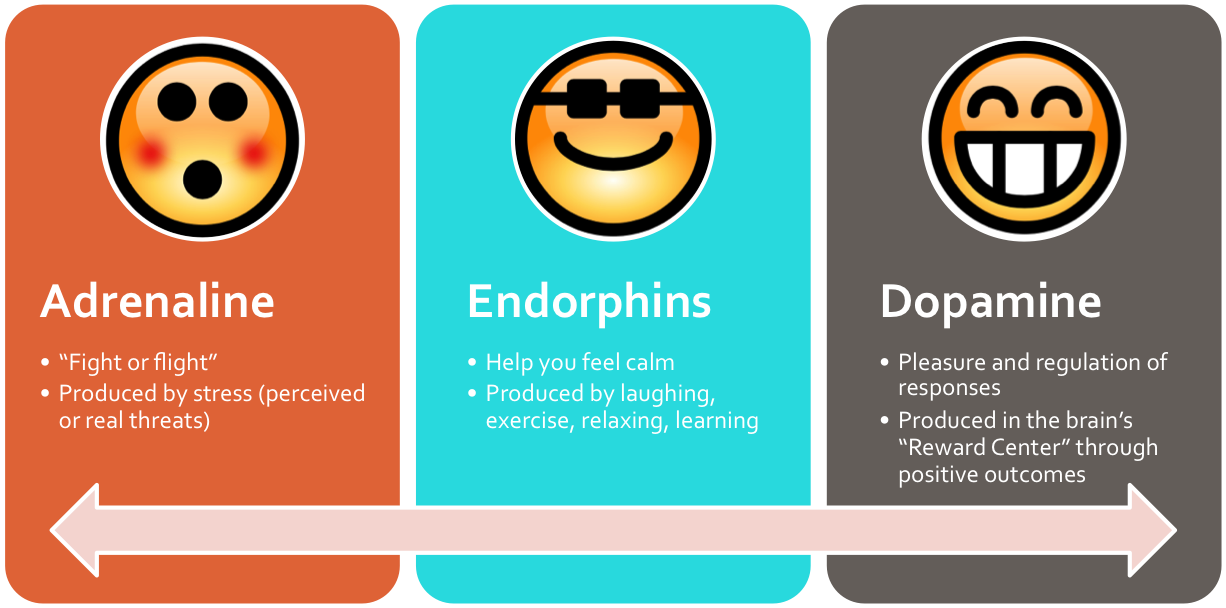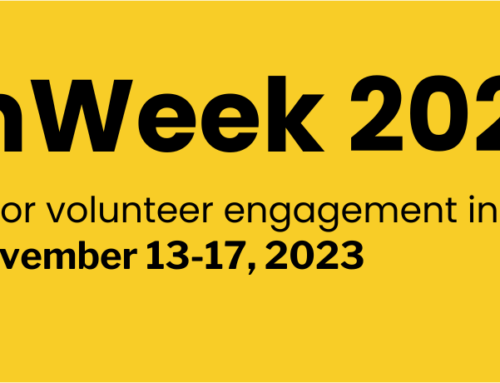
4 Practical Ways to Strengthen Your Volunteer Training for Nonprofits
When designing volunteer training for nonprofits, your biggest challenge may be how to create a complete program that doesn’t scare volunteers away.
Often, organizations have daunting amounts of information volunteers must learn in order to perform with confidence. Programs must be assured that volunteers know their role so that they can manage risk. Volunteers want to learn new things, have fun, and deliver on their missions with pride.
So, how can volunteer and program needs be balanced? By developing training that works with the brain, not against it.
How to Design Volunteer Training for Nonprofits that Helps (Not Hurts) Learning
Based on how our brains learn, try these strategies to help volunteers learn without being overwhelmed.
1) Integrate Practice Into Training
If we practice the wrong thing for too long, we form ”bad habits” that become ingrained. So, it is very important to get timely feedback before habits solidify.
The “stair step” structure is the most effective learning architecture for novices and is a great way to integrate timely practice into learning. With this approach, the instructor explains the concept, illustrates how to do the skill, invites learners to try it, and finally gives supportive feedback.
Interactivity is the key. It’s not about designing for individual “learning styles” (a long-held training myth that has been debunked by research).
Case studies and scenarios lend themselves to this type of architecture and give volunteers the chance to practice before they try their new skills out in the real world.
Think of integrated practice as a precursor to on-the-job experience, which is the number 1 way for people to retain what they have learned. So, you’ll be setting your new volunteers up for utmost success if you allow them to practice first.
2) Feed the Right Emotions
Learning is also an emotional process that is fueled by three particular hormones:
- Adrenaline, fueled by anxiety and our “fight or flight” response, makes it hard for the neurotransmitters to carry messages across the synapses in your brain; this causes some people to “blank out” on tests.
- Endorphins are produced when we relax, exercise, laugh, or learn new things. If we produce calming hormones, they can counteract the limiting effects of stress.
- Dopamine is released in the brain when something is perceived as new, exciting, or rewarding. Dopamine also helps regulate movement and emotional responses; it enables us not only to see rewards but to also take action to move toward them. If dopamine levels are low, new information goes in one ear and out the other.
With these hormones in mind, build activities into your volunteer training for nonprofits that help volunteers relax and have fun, and be sure to reward them for achievements with praise as well as new information that piques their interest.

3) Reduce Cognitive Overload
If we flood learners with too much information, mental overload occurs. In fact, research estimates that only 3-5 pieces of information can be stored in the working memory at a time. If our working memory is corrupted by cognitive overload, we are unable to store knowledge into our long-term memory.
To improve the learning process, simplify work for the brain up front by doing the following:
- Remove any content that is not absolutely “need to know”– (give learners links to additional optional info they can read on their own). Things like your organization’s mission, history, and general info can be provided online or in take-home materials.
- Relate new information to existing knowledge – (icebreakers are great ways for learners to share their own personal experiences with the topic at hand)
- Maintain a consistent look and feel to the training materials (fonts, colors, graphics, etc.)
- Use simple, flat graphics and visuals versus those that are complex and overly detailed (cartoons are great, if they are done well)
- Explain visuals with audio (versus text, which uses too much “brain bandwidth”)
4) Support Metacognitive Skill Building
Metacognitive skills make us aware of our own knowledge and give us the ability to understand, control, and manipulate our own cognitive process. In short, it is how we learn to learn.
People are often overwhelmed because they have not developed sufficient metacognitive skills. To help volunteers learn how to learn better, do the following:
- Categorize, chunk, and highlight text
- Gradually increase the complexity of topics
- Sequence content for frequent practice
- Use both confirming (“yes, that’s correct because…”) and corrective feedback (“no, that’s incorrect because…”)
- Give opportunities for self-reflection that focus on how and why volunteers arrived at an answer
- Provide planning tools that help volunteers put together a personal training and study plan
- Develop tip sheets, worksheets, and observation checklists that help volunteers transfer classroom learning to the real world
- Offer answer keys for learning activities so that volunteers can check their work and make corrections
Keep Up the Good Training
A good volunteer training for nonprofits allows volunteers to more easily transition into the job at hand. It reduces barriers to entry, gives them the bandwidth to better assimilate into peer groups, decreases day-one mistakes, gives volunteers the confidence to actually show up for shifts, and creates space for them to have fun rather than experience stress.
A good volunteer training is one of the most useful opportunities you can give as a leader of volunteers.
After Training is Said and Done
Check out some of our other blog posts to make sure training sticks after it’s all said and done:
- How to Integrate Volunteer Onboarding for Better Engagement
- Everything You Need to Know About Volunteer Training
- How to Inspire Better Volunteer Performance Without More Training
- How to Add Social Media to Your Online Volunteer Training
- How to Enhance Volunteer Training With Peer-to-Peer Mentoring
- 10 Things I Regret About My First Volunteer Training






